Jurisprudence
Requirements for registration of articles
When submitting articles, please observe the current standards for printed works and requirements of the Ministry of Education and Science of Ukraine.
THE ARTICLE MUST HAVE THE FOLLOWING STRUCTURE:
• UDC
• Title
• Initials and surname of the author, his e-mail, full name of the institution of work, city
Annotation in Ukrainian and English, with a volume of at least 1800 characters with spaces, and keywords (not less than six)
• Introduction (the problem of the article)
The analysis of recent researches
• Identification of previously unsettled parts of the general problem.
•The objectives of the work
• Materials and methods
• Results of research and their discussion
• Conclusions and prospects for further development
• Literature
• References
SUMMARY
It must perform a function of an independent from the article source of information and give the opportunity to establish its main content. Follow the clear annotation structure:
| Українська мова | English |
| Мета | Purpose |
| Методика | Methodology |
| Методи | Methods |
| Результати | Findings |
| Наукова новизна | Originality |
| Практична значимість | Practical Value |
| Ключові слова | Key words |
THE REQUIREMENTS FOR THE DESIGN OF ARTICLES
• index of UDC (in the upper left corner of the page);
• a full list of (co)authors (initials and surnames in the nominative case). No more than three co-authors are allowed in one article
• information about (co)authors, organization, place of work and/or agency, post address (building, house, street, city/town/village, country), for the (co)author for correspondence – phone numbers, fax, e-mail address (a must!). Each address and data for correspondence starts on a new line.
• title of the article (centered on the page in big bold letters);
• summary (one paragraph, the volume of at least 250 words, not exceeding the size of the page) – should be structured (follow the logic description of the results in the article) and should contain the following elements: purpose, methods, results, scientific novelty, practical significance (italic);
• keywords (5-12 separate words and/or several expressions, separated by semicolon) (italics)
• main text of the article;
• links to literary sources begin with the title ” References“. Title “References” is typed in Times New Roman font, size 14 (left-handed out bold), one line after the main text from the beginning of indention. A numbered list of literature is typed
below the title ” References” in Times New Roman font, size 14, space lining – 1,5. Each reference appears on a new line with alignment in width. A reference list is arranged alphabetically (authors in Cyrillic are submitted first, then – authors in a foreign language (in the original language)). The bibliographic description of references is arranged in accordance with the existing standard “DSTU 7.1: 2006. System of standards for information, library and publishing. Bibliographic record. Bibliographic description. General requirements and rules of formmating “, dated from 01.07.2007. In accordance with SCOPUS and Web of Science, all parties who have made a substantive contribution to the article should be listed as authors (as opposed to the specified DSTU). Primary references are provided in the original language.
• References should be submitted in two separate blocks:
Block 1 (Література) – a list of literature in the language of the original.
Block 2 (References) – the same list of literature, but in English. The names of the authors, the names of the magazines should be in one of the international systems of transliteration. The titles of the articles in the links must be submitted in English. Links to foreign publications are repeated in the list indicated in Latin.
TECHNICAL REQUIREMENTS FOR THE ARRANGEMENT OF MATERIALS OF SCIENTIFIC RESEARCH
The volume of the article (along with summaries, list of references, tables, diagrams, etc.) should be between 0,3-0,5 of the copyright sheet (from 12 000 to 20 000 characters)). The length of the article is between 7-12 pages.
The text of the article should be typed in Times New Roman, size -14, space lining – 1,5; upper and lower margins – 2 cm, left – 3 cm, right – 1,5 cm; paragraph – 1.25 cm (28-30 lines, 60-64 printed characters).
The titles of the sections in the text of the article – centered, the titles of the units – from the paragraph, the table – centered (bold).
Drawings and graphics in the article are embedded in one of the formats (jpeg, bmp, tif, gif) with a resolution of at least 300 dpi (submit quality highlights). The titles of drawings are in the font of the main text and size. The drawings are signed and numbered (if more than one) under the drawing, centered – size 12 (Italics). All objects in simple drawings made in Word must be grouped together.
The text of the article should not contain drawings and/or a text within images located above/below the text, that is, the text must be formatted so that all objects were identified by the placement “in the text”.
Complex multi-object drawings with layers should be prepared with the help of graphic editors (CorelDraw, Photo Shop, etc.).
Tables are represented as separate objects in Word format with the dimensions given to the linking page. The table should be typed in Times New Roman 11, the heading – 12. The table headings are centered on the page, , and the numbering of tables (if more than one) is on the right edge of the page.
Formulas are typed in Microsoft Equation 3.0 (4.0), centered in the middle of the text and numbered in round brackets on the right edge. The font in Word: regular – 14 PT, large index – 9 PT, small index – 6 PT, large symbol – 14 PT, small symbol – 10 PT.
The presentation of the material should be consistent, logically completed, with clear wording that excludes double interpretation or misunderstanding of the information, the language of the text – expressive, concise and consistent with literary norms. The abbreviation of words and phrases other than the generally accepted ones is not allowed.
The author is obliged to provide the scientific value of the material, the completeness of the coverage of the issue, the systemic presentation, the reliabilityof the results and the data provided, the correctness of quoted references to literary sources.



